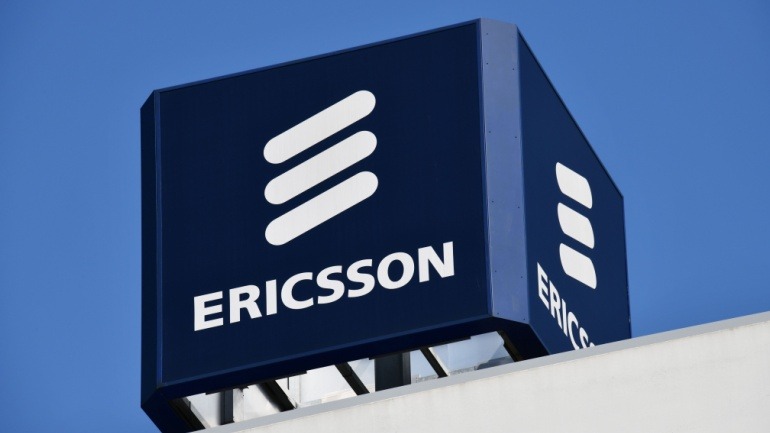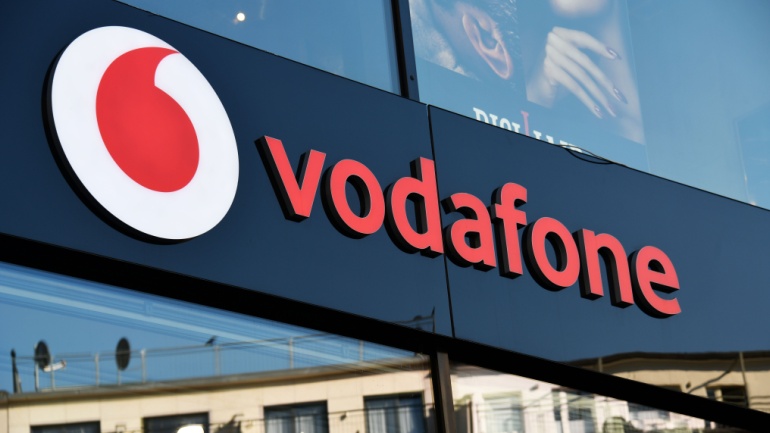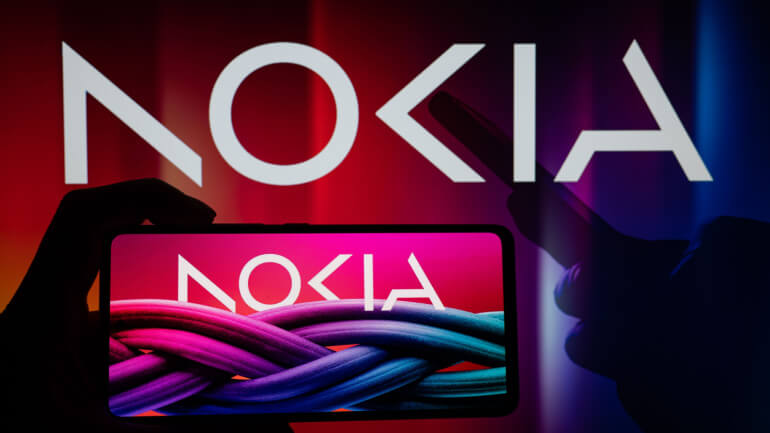Swiss IoT module maker u-blox’s exit from the cellular IoT sector marks a strategic pivot to focus on profitable areas like GNSS satellite positioning. Persistent losses in the cellular division, driven by intense pricing competition and extended 5G IoT development timelines, influenced this decision amidst broader market challenges.
Ericsson has achieved another significant VoIP milestone, securing a multi-billion-dollar contract with Bharti Airtel, reinforcing its presence in India’s telecom market. This aligns with recent collaborations with Vodafone Idea to enhance 4G and introduce 5G services.
Vodafone Idea is initiating one of India’s largest follow-on public offerings, seeking to amass roughly $2.16 billion. Placing the firm under pressure is its struggle against a decreasing market share and encumbering debt, the result of fierce competition within India’s telecommunications industry. Despite currently being hindered by its financial situation to invest in network enhancements, expectations linger for the telecom’s debut of 5G services by year’s end.
CTIA President and CEO, Meredith Attwell Baker, has underlined the pressing need for a national spectrum policy synchronized with recent presidential directives. Pointing to the drawbacks of not conducting spectrum auctions, she asserts that inaction could further extend America’s shortfall in this domain. Expounding on an upcoming plan, Baker believes that the imminent strategy has the potential to amplify America’s lead in wireless innovation.
For the first time in over 60 years, Nokia, the Finnish manufacturer of telecom equipment, has unveiled its redesigned logo and brand identity. This shift underlines Nokia’s focus on fast expansion and its move away from the smartphone market towards corporate technologies. The new logo is made up of five distinct forms that create the word NOKIA, with the customary blue color of the previous logo being replaced with a variety of colors depending on the application. Nokia’s CEO, Pekka Lundmark, stated that the company’s focus had switched from selling equipment to telecom operators, to selling equipment to enterprises. The company intends to expand its service provider business, although its primary focus is currently on selling equipment to non-telecom businesses. Lundmark also stated that he plans to reassess the growth paths of Nokia’s various businesses, including divestment strategies if required. Nokia intends to expand into factory automation and…
For telecommunication service providers to succeed in this fast-growing industry, it is essential to develop a marketing strategy that enables organizations to build long-term relationships with their customers. The telecommunications industry, like many other industries, is constantly changing. These changes include technological advances, market innovations, adjustments in consumer behavior and more. Telecommunications companies that listen to the market and are not stuck in their old ways are the most successful enterprises.









